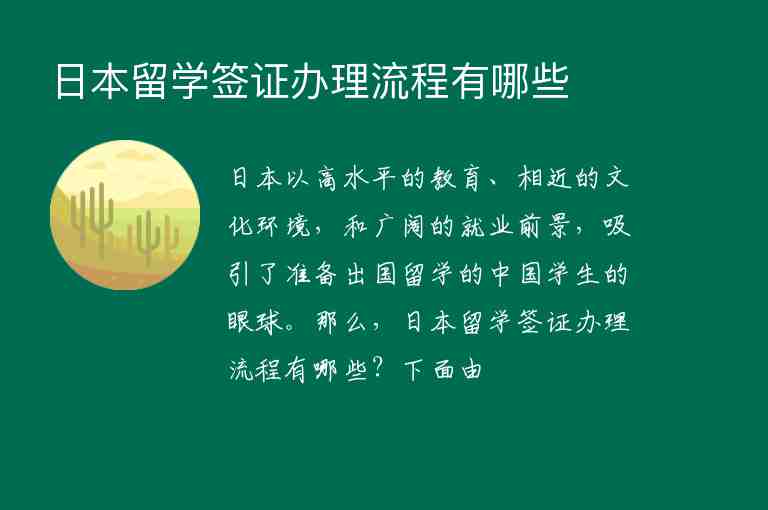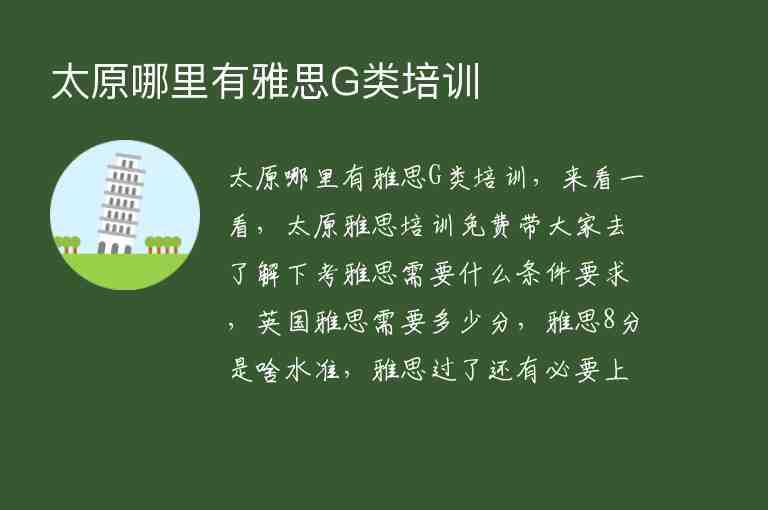一:haiku是什么意思(中英文)解释的意思
Haiku是一种日本诗歌形式,通常由三行组成,每行分别有5、7、5个音节。它通常表现自然景观或季节变化,传达出深刻的感受和哲理。
Haiku is a form of Japanese poetry typically consisting of three lines with 5, 7, and 5 syllables respectively. It often depicts natural landscapes or seasonal changes, conveying profound emotions and philosophies.
二:怎么读(音标)
Haiku [ˈhaɪkuː]
三:用法
Haiku通常被用作一种文学形式,可以独立存在,也可以作为其他文学作品的一部分。它可以表现出作者对自然世界的观察和体悟,也可以表达出对生活和人生的思考。
Haiku is commonly used as a literary form that can stand alone or be a part of other literary works. It can showcase the author's observations and insights about the natural world, as well as their contemplation on life and human existence.
四:例句1-5句且中英对照
1. The beauty of haiku lies in its simplicity and depth. (俳句之美在于它的简约和深度。)
2. Matsuo Basho is considered the master of haiku in Japanese literature. (松尾芭蕉被认为是日本文学中俳句大师。)
3. The haiku competition received submissions from poets all over the world. (这次俳句比赛收到了来自世界各地的诗人投稿。)
4. The haiku captures the essence of autumn with its vivid imagery and profound meaning. (这首俳句通过生动的意象和深刻的含义捕捉了秋天的本质。)
5. Haiku is a popular form of poetry in many countries, not just in Japan. (俳句是许多流行的一种诗歌形式,不仅仅在日本。)
五:同义词及用法
1. Senryu: 与haiku类似,但更侧重于幽默和讽刺。
2. Tanka: 也是一种日本诗歌形式,由五行组成,每行有5、7、5、7、7个音节。
3. Micropoetry: 指短小精悍的诗歌形式,可以包括haiku在内。
4. Nature poetry: 强调自然景观和季节变化的诗歌形式,与haiku有相似之处。
5. Imagist poetry: 通过生动的意象表现情感和思想的诗歌形式,也可以包括haiku在内。
六:编辑总结
Haiku是一种独特而美妙的日本诗歌形式,它以简约而深刻的方式表现自然景观和季节变化,传达出作者的感悟和哲理。它不仅在日本文学中有重要地位,在世界范围内也备受欢迎。除了可以作为独立的文学形式外,它也可以融入其他文学作品中,丰富其表现力。通过学习haiku,我们可以更加敏锐地观察自然世界,并从中汲取智慧和启发。


